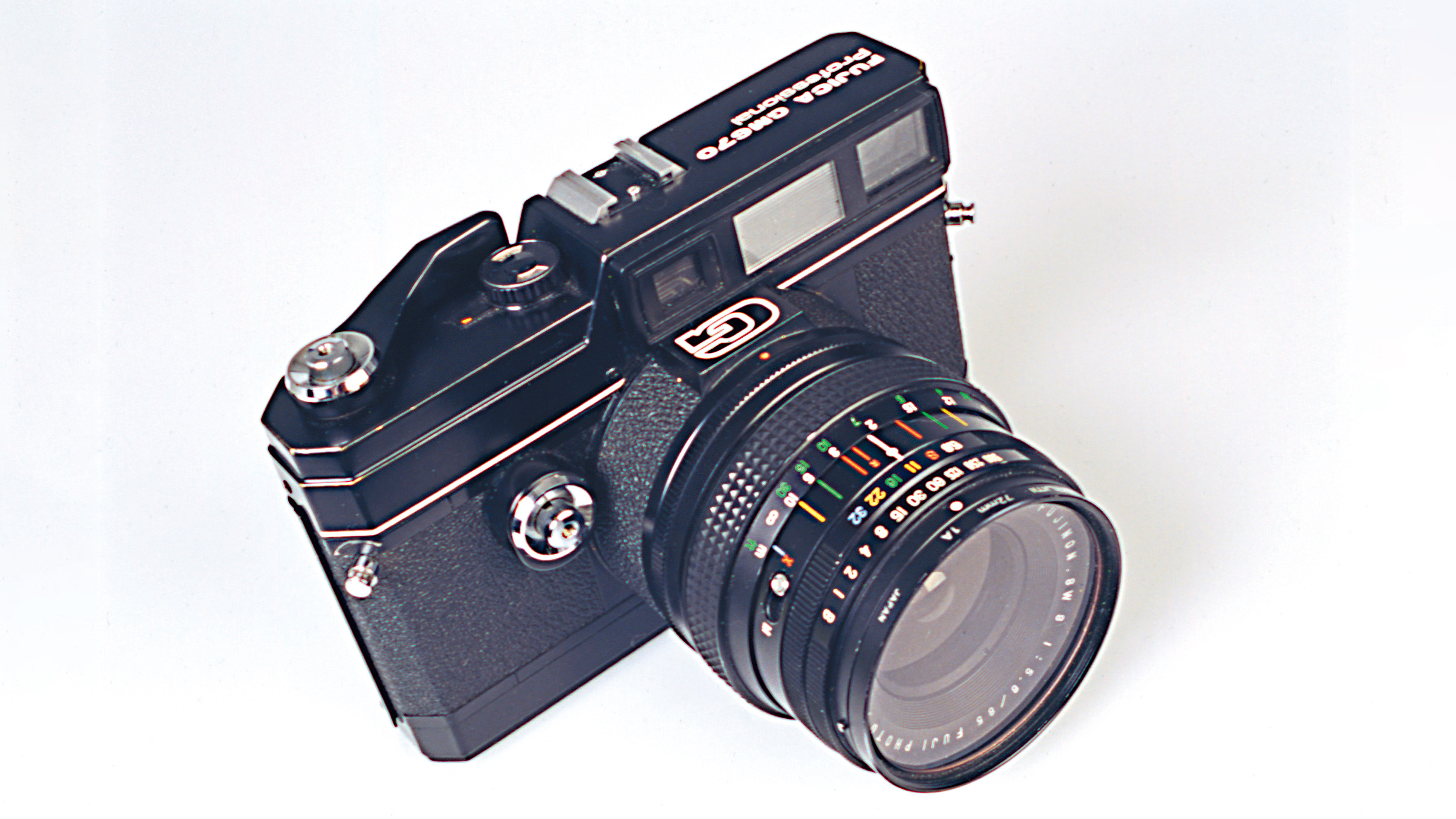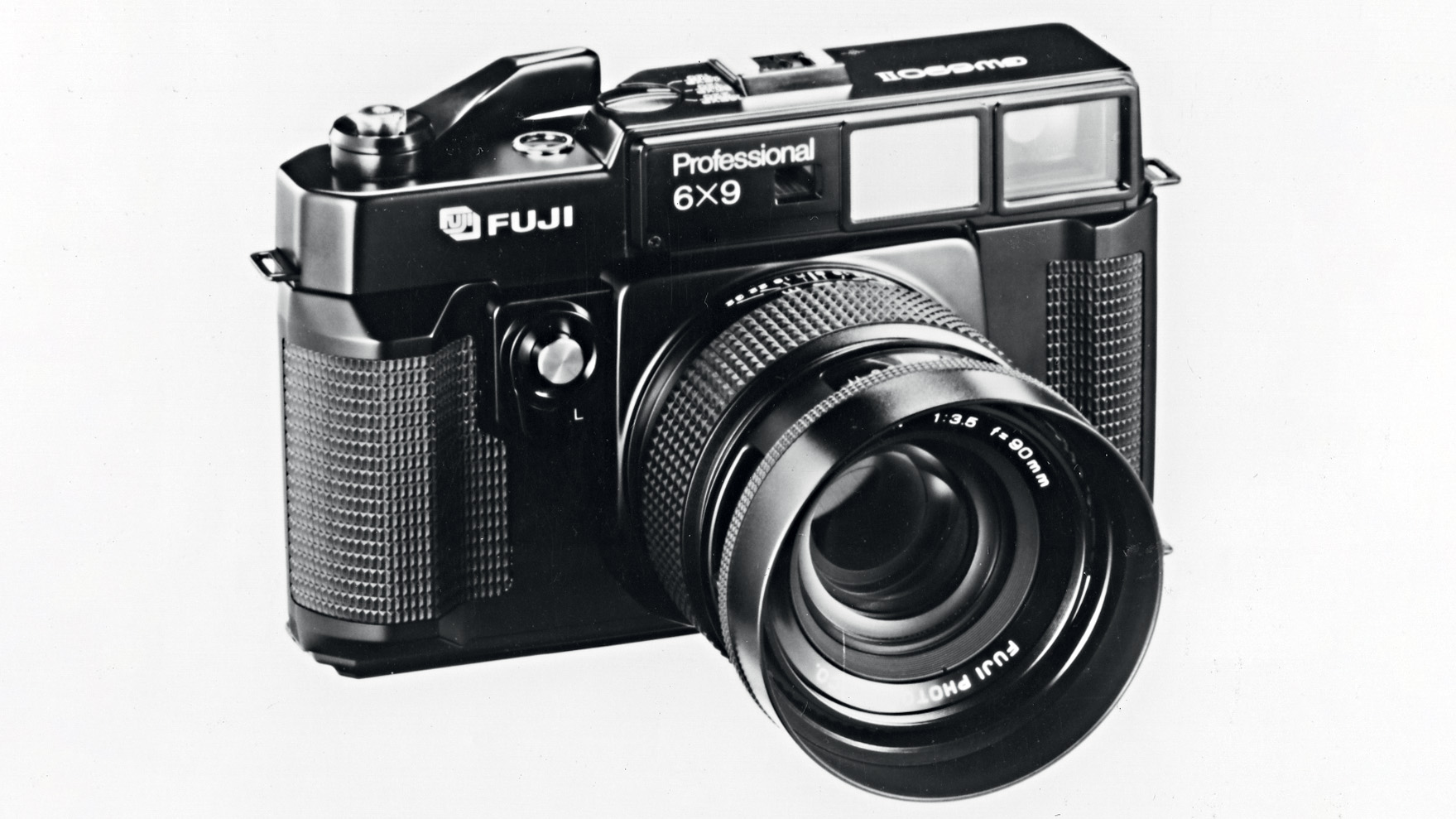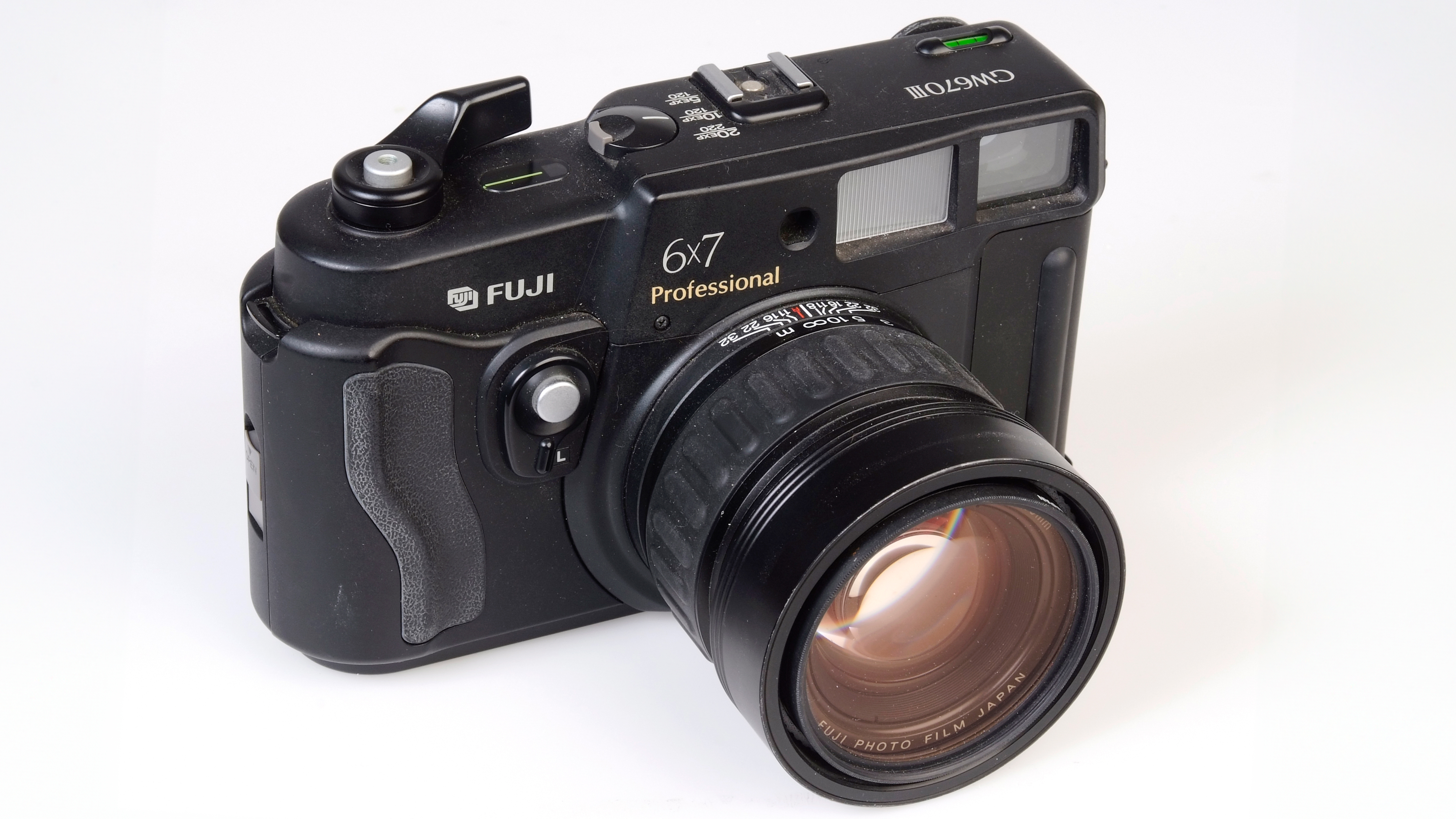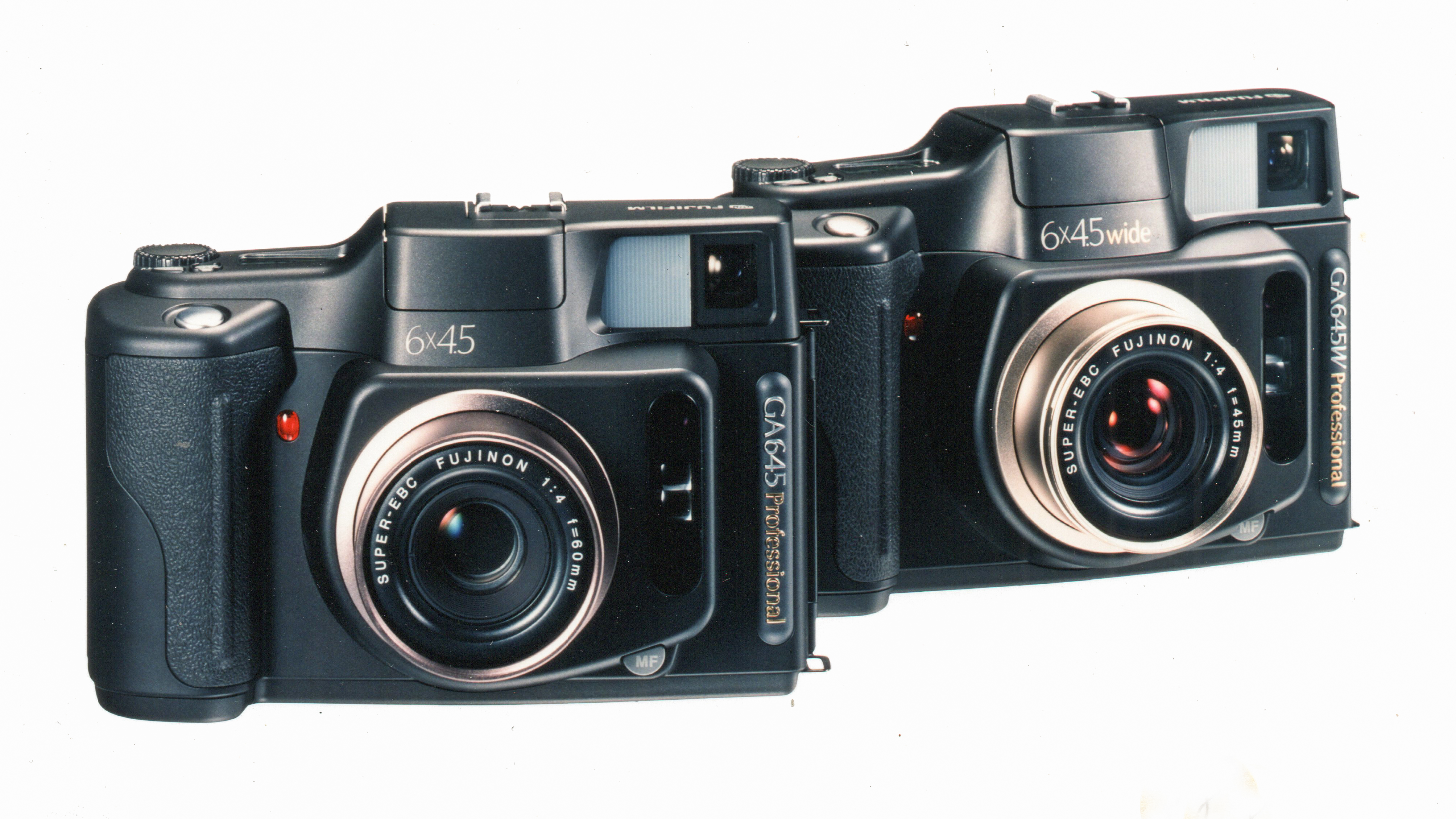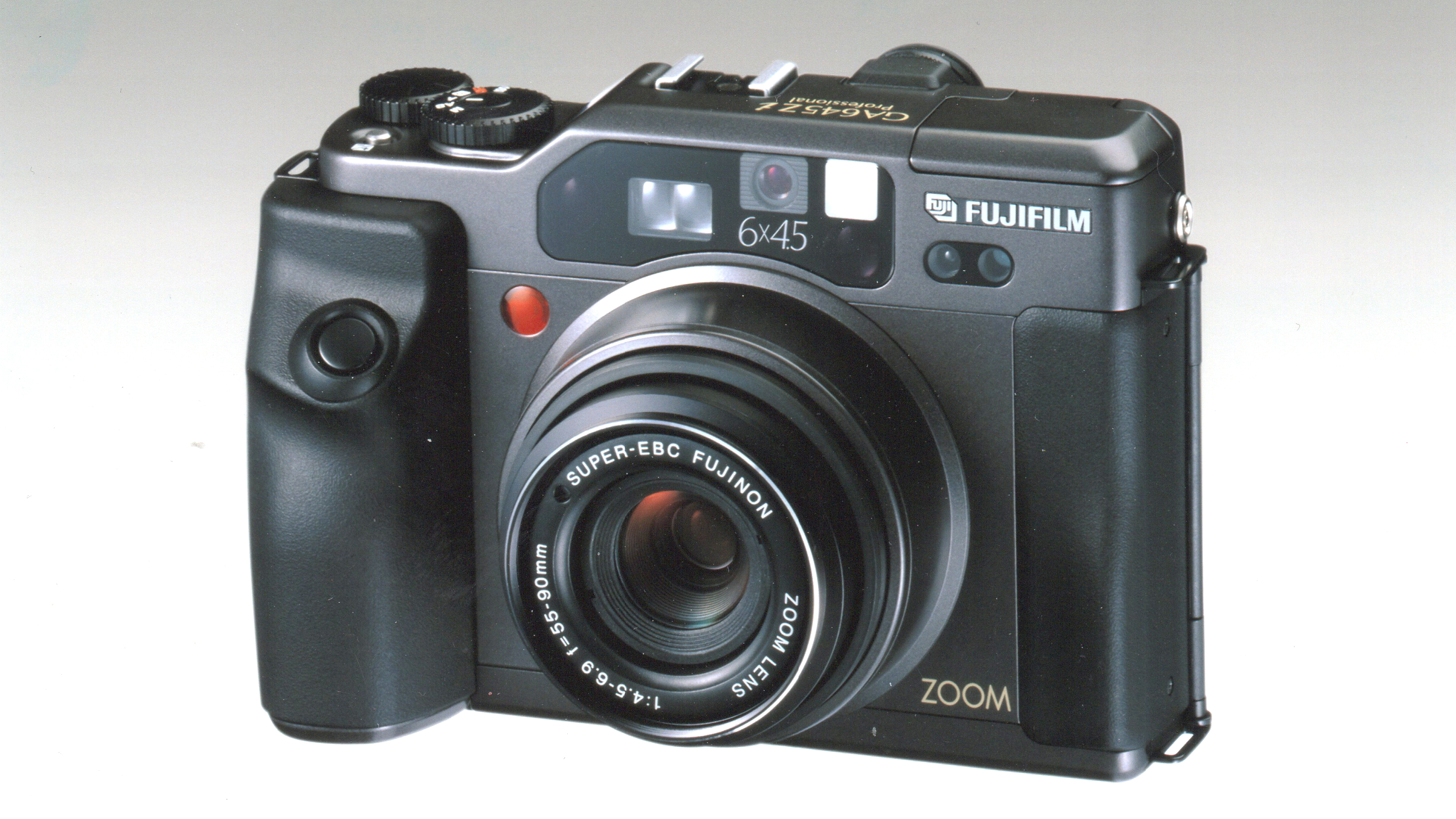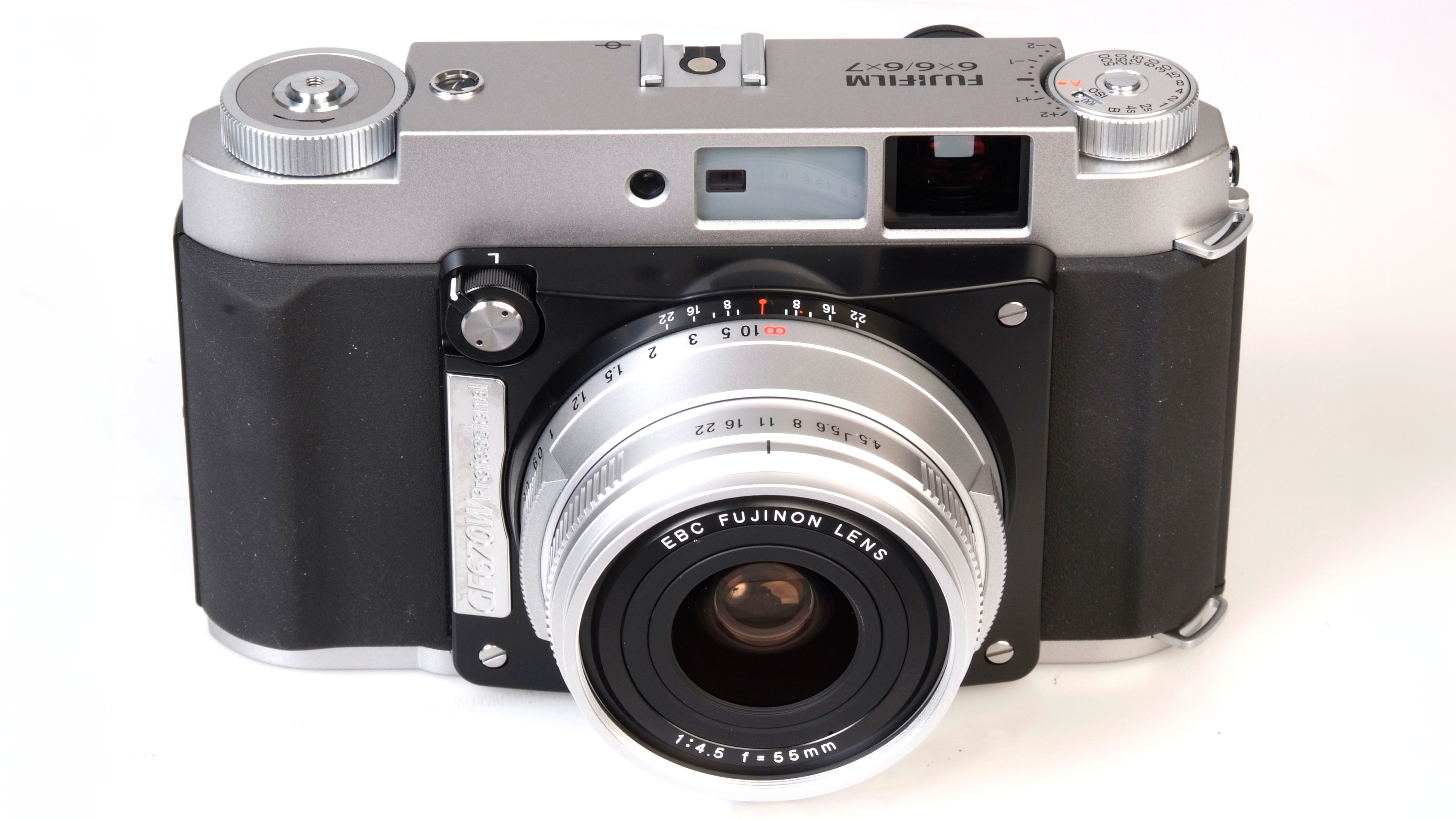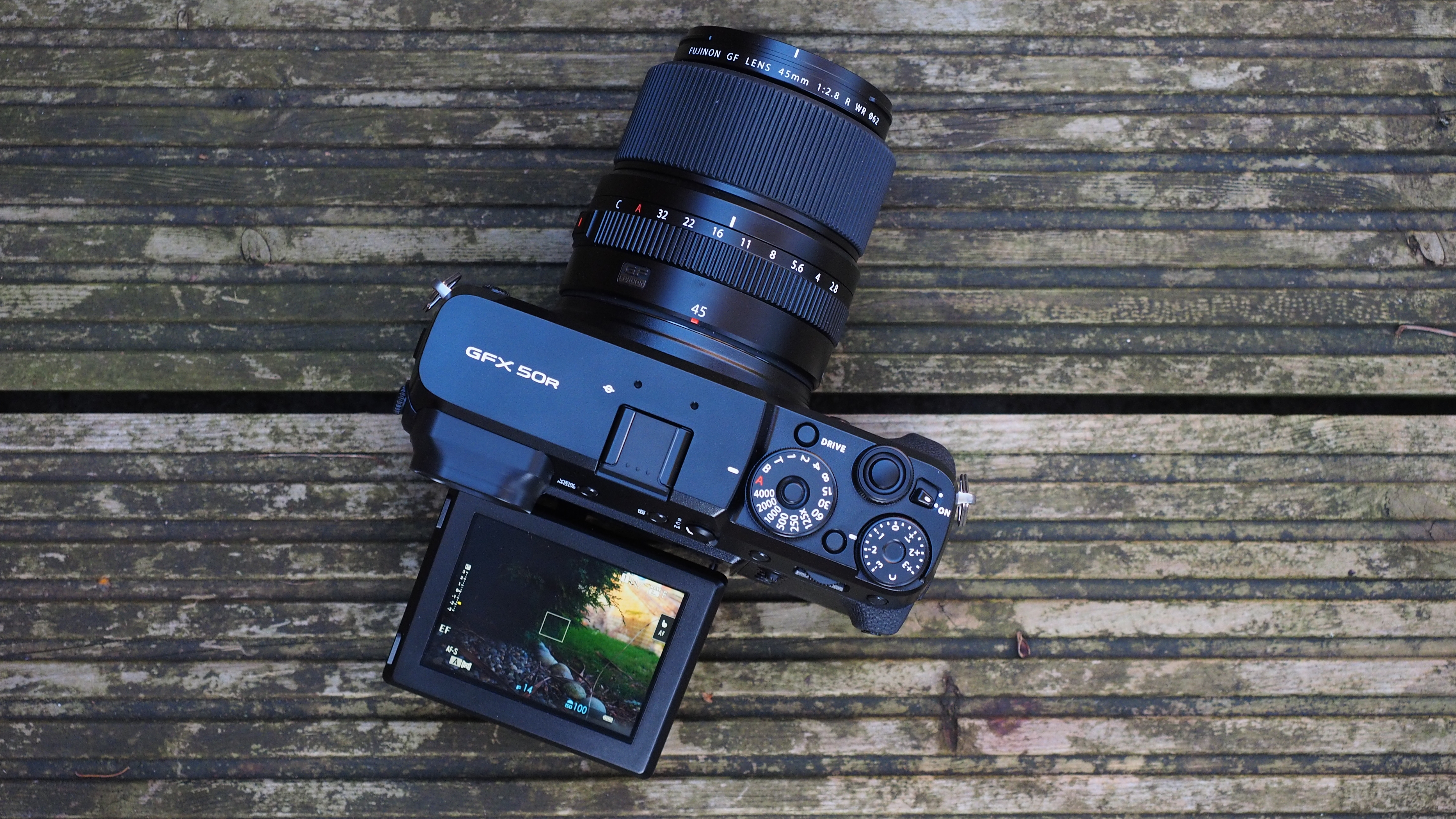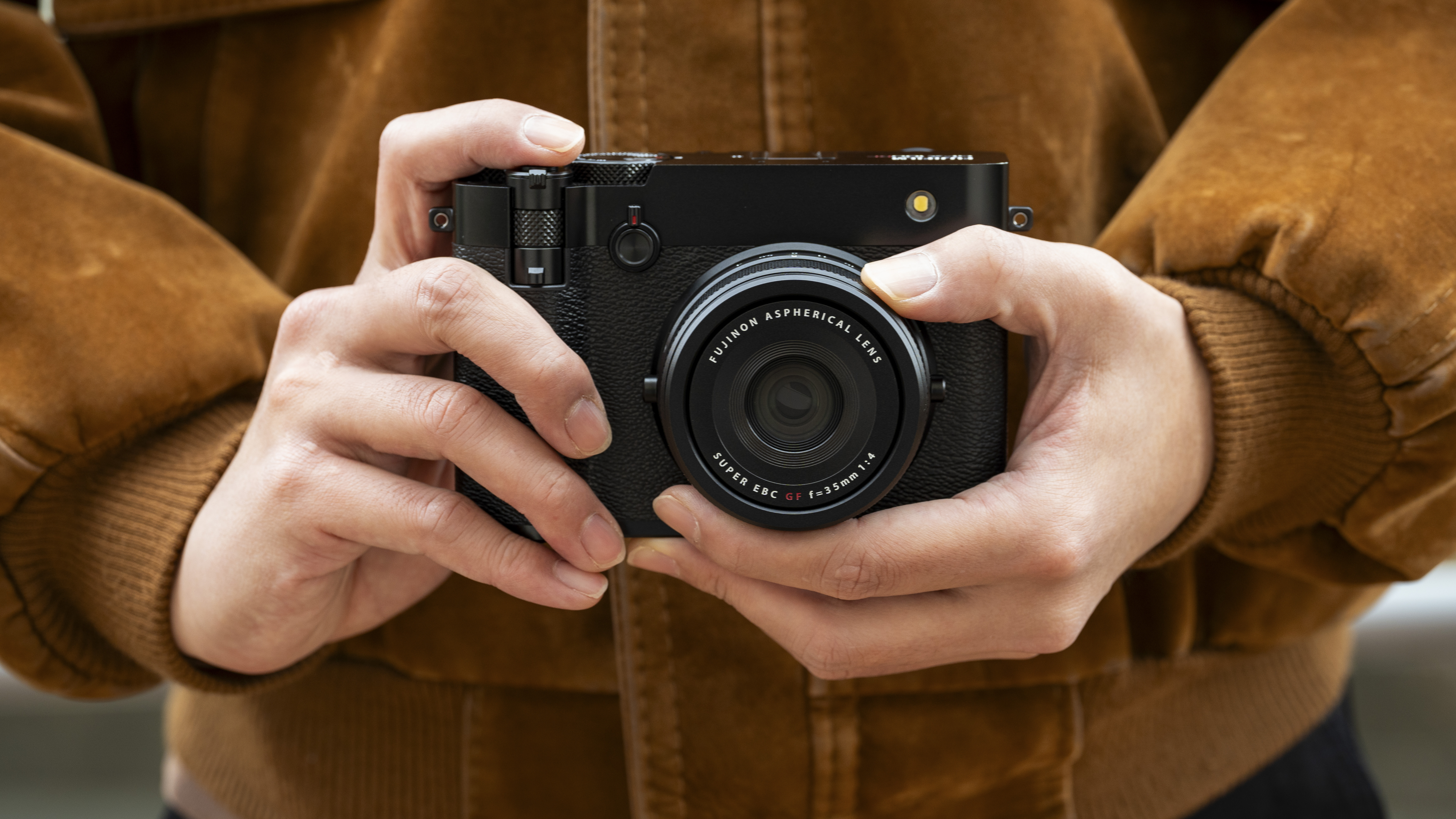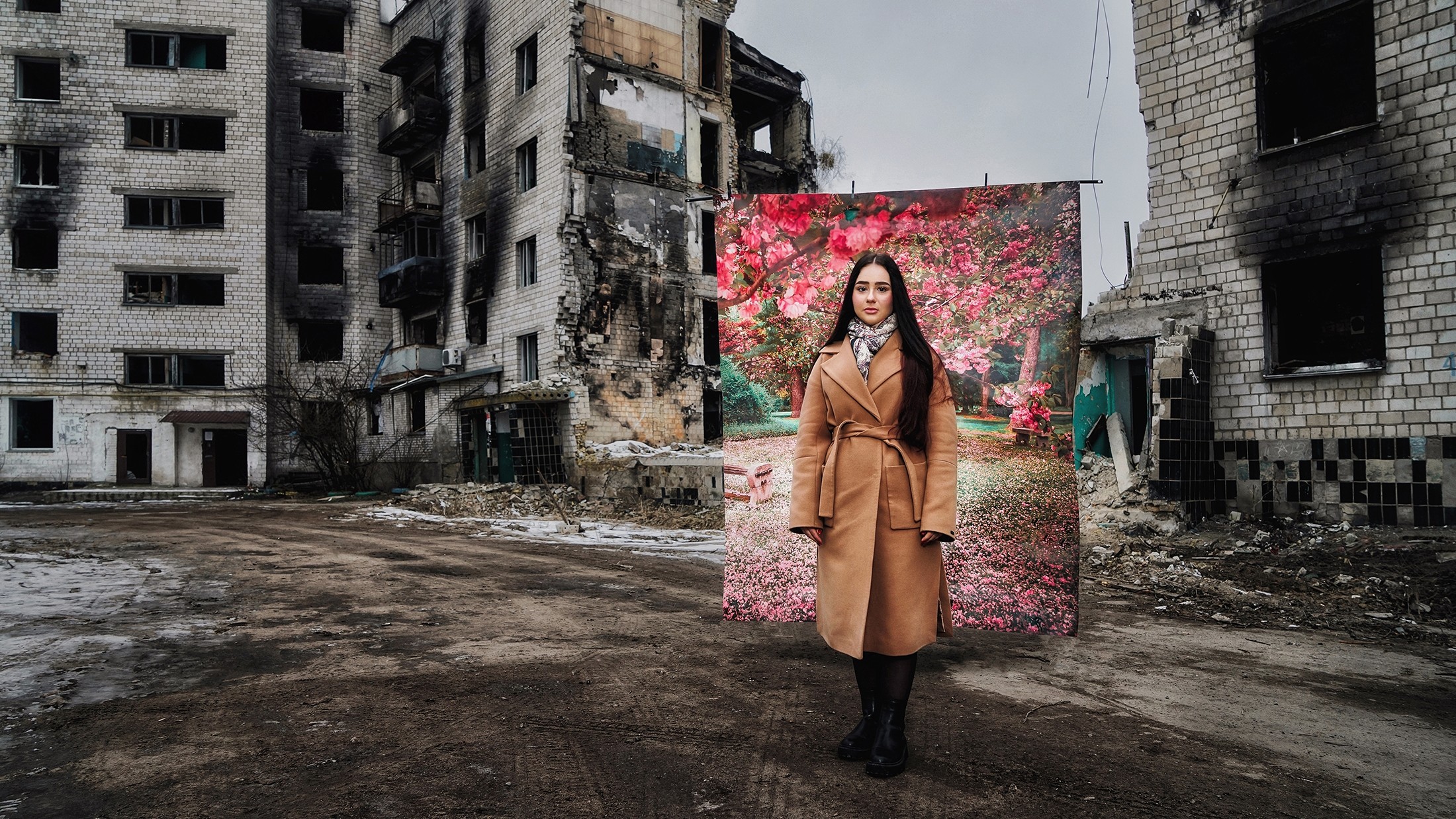Fujifilm's GFX100RF is the culmination of a 50-year quest to create the perfect fixed-lens medium-format camera
From tourist snapper to pocket digital powerhouse: the full history of Fujifilm's fixed-lens giants
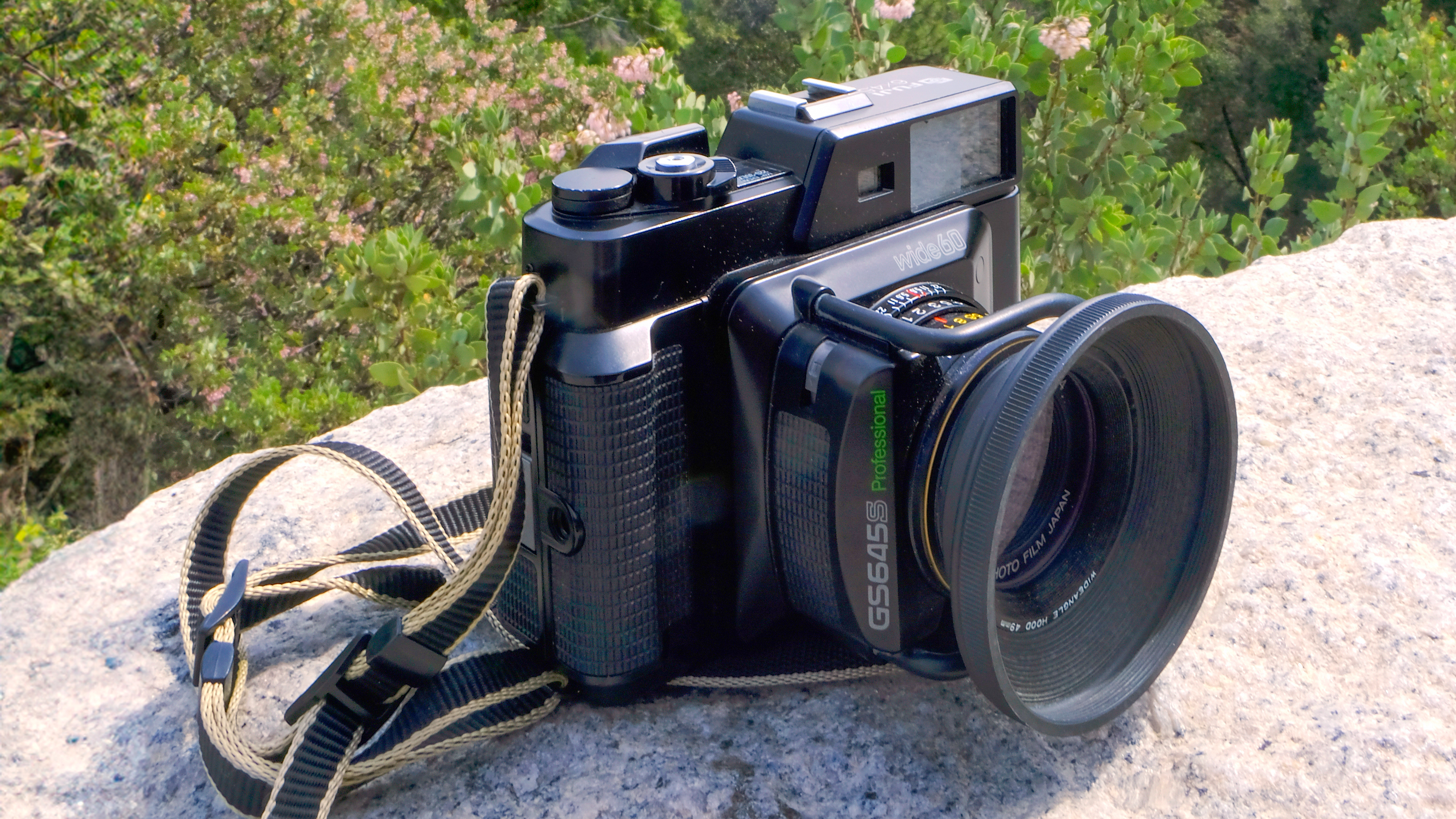
The Fujifilm GFX100RF is actually the latest in a long line of medium-format cameras with fixed lenses – a configuration that the company continued to pursue even when lens interchangeability was considered more desirable. However, the concept of a comparatively compact camera that delivers a big picture is now perhaps even more appealing in the digital era.
At one time, rollfilm cameras with a fixed lens were commonplace – especially ‘folders’ which employed bellows so they could be collapsed into very compact packages when being carried.
Gradually, though, rigid-bodied designs took over – as did the smaller film formats. And by the Sixties, the 35mm single lens reflex camera with interchangeable lenses was gaining popularity with both amateurs and professionals alike.
However, many of the latter still wanted the larger image size of the medium formats now standardized on 120 / 220 rollfilm. After Hasselblad pioneered the modular box-form design in the late Fifties, the SLR configuration was also widely adopted for medium format cameras.
Not all medium format SLRs followed the Hasselblad concept (a notable exception being Pentax with its 6x7, and there were others) but, in broadly general terms, a professional film camera was a medium format reflex design of some type that used 120 rollfilm for the mainstream 6x4.5cm, 6x6cm or 6x7cm frame sizes.
However, one camera-maker breaking these informal rules was Fujifilm – and it had a good reason because it was targeting a very specialized, and distinctly Japanese, type of customer.
They were the portrait photographers that roamed Japan’s major tourist spots to photograph visiting tour groups. For this they needed a very portable camera that could deliver a big color negative that allowed for highly detailed enlargements.
The best camera deals, reviews, product advice, and unmissable photography news, direct to your inbox!
Interestingly, also to meet the particular demands of these users, so-called ‘short roll’ 120 film – half the standard length – was introduced by Fujifilm to enable a quicker turnaround time.
So, while everybody else was building either rollfilm TLRs or SLRs, Fujifilm embraced the rangefinder design – and, after initially flirting with interchangeable lenses, later settled on all fixed-lens models.
Incidentally, when it did eventually introduce a medium format SLR – the GX680 – it wasn’t 6x4.5cm, 6x6cm or even 6x7cm, but the more unusual 6x8cm format.
With the twin objectives of combining “carrying ease” with “handling speed”, Fujifilm decided to package the wider 6x9cm format – obviously ideal for group photos – in a 35mm-style rangefinder body.
The Fujica G690 was unveiled in March 1968 at the Tokyo Camera Show and went on sale in December of that year. It was comparatively compact for a 6x9cm camera and incorporated an internal mask to cover the film gate when lenses were being changed.
It had a hinged camera back and a lever-type film advance lever that automatically recocked the shutter. All this was revolutionary at the time for a medium format camera. It had a coupled rangefinder and the finder incorporated frame lines that not only adjusted for parallax as the lens was focused, but also changed the field of view. Even Leica didn’t offer this facility on its contemporary 35mm RF cameras.
There was initially a choice of four lenses – a 65mm f/5.6 wide-angle, a 100mm f/3.5 standard lens, a 150mm f/5.6 short telephoto and a 180mm f/5.6 medium telephoto – which all incorporated Seiko #0 leaf shutters with a speed range of 1-1/500 sec. The mount was a breech-lock type bayonet fitting called the G mount (although, not surprisingly, there are no similarities with today's GF mount).
In 1974, Fujifilm launched an updated model called the GL690 Professional along with a 6x7cm format version called the GM670 Professional.
Both had shutter release buttons located on the front panel to improve accessibility, and there were new lenses, including a very innovative ‘AE’ (which stood for Auto Electro) version of the 100mm f/3.5 which incorporated a metering cell to enable aperture-priority auto exposure control.
It’s worth noting that Fujifilm very deliberately labelled these cameras “Professional” and would continue doing so all down the line.
In 1978, the interchangeable-lens cameras were replaced by fixed-lens versions called the GW690 and the GW670 – which were quite similar in styling but switched to GRP body covers, resulting in considerable weight savings (as did eliminating the lens mount and the darkslide arrangement). The chassis, however, remained diecast metal, so none of these cameras were ever exactly lightweight.
Both the new GW models were fitted with a 90mm f/3.5 lens, which was equivalent in focal length to a 35mm on the GW690 and a 42mm on the GW670.
The decision to adopt a fixed-lens design was made, firstly, because only the 100mm and 65mm interchangeable lenses had sold in any decent numbers and, secondly, it made for a more reliable package. For anybody who really wanted the wider angle of view, Fujifilm introduced the GSW690 in 1980 – which had a fixed 65mm f/5.6 lens, equivalent to a 25mm in the 35mm format.
Series II versions of all three models arrived in 1985 and the main changes were the addition of a hotshoe and a built-in, sliding hood on the lens – plus the Fujica name was dropped in favour of simply Fuji.
The Series III cameras were launched in 1992 and featured radically restyled bodyshells and a redesigned viewfinder, which has a brighter Leica-style rectangular double-image rangefinder rather than the previous spot.
They were now joined by a 6x8cm model – a format that was only really popular in Japan because of the 4:3 aspect ratio – and the GW680 III had a 90mm f/3.5 lens (equivalent to 40mm) and delivered 9 frames from a 120 roll, 18 from the 220 length.
Rolling On
In 1983, Fujifilm introduced a second line of 6x4.5cm format fixed-lens rangefinder cameras which were also initially badged as Fujica models.
These cameras took advantage of the smaller 6x4.5cm frame area by being more compact and lighter weight, but still offering an imaging area that was 2.7 times larger than 35mm.
With 645 being oriented vertically on the film (so the frame height is 6cm), 15 frames could be accommodated on the 120 length roll and 30 on the 220 length. Consequently, these cameras have a portrait-orientated viewfinder and are held vertically for landscape framing.
As an aside, the 6x4.5cm format, SLRs such as Mamiya’s M645 line, loaded the film vertically – rather than from right to left – which re-orientated the frames in the landscape shape.
Fujifilm’s first 6x4.5cm RF model, the Fujica GS645 Professional, was essentially a more modern interpretation of the old 6x6cm ‘folder’, and was fitted with a 75mm f/3.4 lens (equivalent to 45mm) mounted on bellows so it could be retracted into the camera body, making for an even more compact package.
There was also a GS645S model with a rigidly-mounted 60mm f/4.0 lens (equivalent to 35mm) and a GS645W with a 45mm f/5.6 lens (equivalent to 28mm). The GS645S – the last of this particular series and introduced in October 1984 – has a distinctive curved ‘bumper bar’ arrangement, which protects the front rim of the lens from knocks and scrapes.
All the GS645 models had built-in metering that drove LED exposure indicators in the viewfinder (something that was never provided on the 6x7cm, 6x8cm and 6x9cm cameras) along with a leaf-type shutter and X-sync flash hotshoe.
In fact, compared to the essentially cosmetic changes made to the successive series of its larger format models, Fujifilm went a whole lot further in the development of its fixed-lens 6x4.5cm cameras.
The A Team
Introduced in 1995, the next-generation Fuji GA645 Professional caused almost as big a stir as the original FinePix X100 digital fixed-lens camera did when it was launched in 2010.
The GA645 pretty much went ‘all the way’ with automation – autofocusing, programmed exposure control, a motorized film transport and a built-in, pop-up flash – along with styling similar to the 35mm compacts of the time.
If you wanted, the GA645 could be used as a fully-automatic point-and-shoot camera, but with all the additional image quality of the 6x4.5cm frame. However, in addition to program exposure control, there was the choice of aperture-priority auto or manual modes, the 60mm f/4.0 lens could be focused manually, and the built-in flash was supplemented by both a hotshoe and a PC terminal.
As with the previous series, Fujifilm soon introduced a wider-angle version called the GA645W fitted with a 45mm f/4.0 lens. Both were subsequently upgraded in 1997, as the GA645i and the GA645Wi, with the main change being the addition of a second shutter release button on the front panel.
In 1998, Fujifilm introduced the last GA series model, the 645Zi, which had a 55-90mm f/4.5-6.9 zoom lens (equivalent to 34-56mm) and a restyled body with a more pronounced handgrip with the shutter release button located on its top section.
After a period of around 12 years, Fujifilm surprised everybody with the GF670, which was unveiled at the 2008 Photokina, and was a folding design with an 80mm f/3.5 fixed lens. This was, of course, when digital capture was well and truly on the rise, and the same year Fujifilm launched a number of FinePix series compacts and was selling the S5 Pro DSLR.
The GF670 was co-developed with Cosina and built by the latter, which marketed it as the Voigtländer Bessa III 667, and theoretically at least the Fujifilm model was exclusive to the Japanese market – but it was definitely available in Australia, too.
It was switchable between the 6x6cm and 6x7cm formats – so the lens is equivalent to approximately 45mm and 40mm respectively – and the features included built-in centre-weighted averaging metering, driving both manual and aperture-priority auto exposure modes.
The leaf shutter was electronically-controlled with a speed range of 4-1/500 sec plus ‘B’. The GF670W model followed at the 2010 Photokina – the same event that saw the launch of the original Fujifilm X100 – and was a rigid-bodied rollfilm camera with a 55mm f/4.5 lens, which was equivalent to 28mm on 6x6cm and 26mm on 6x7cm.
The Voigtländer version was called the Bessa III 667W and the feature set is the same as the 670 / 667, including aperture priority exposure control. The GF series rollfilm cameras stayed in production until around 2015, when the development of the GFX mirrorless medium format system would have been well advanced… and perhaps a digital successor already envisaged.
Revival
Maybe because Fujifilm originally designed its rollfilm rangefinder cameras with primarily one very select user group in mind, their appeal wasn’t as wide as it could have been and, consequently, no model ever sold in big numbers.
Yet they still gained a fiercely loyal following; and the combination of compactness, reliability, lens performance and a big picture area is finding renewed appeal today – so demand and the second-hand prices of all the models are buoyant.
Aside from the first interchangeable lens models, the 6x8cm GW680 III – originally sold only in Japan – is probably the rarest of them, but they can be found for sale, albeit most likely with a bit of a premium on the asking price, particularly compared to the 6x7cm version.
It certainly seems it was inevitable that Fujifilm would, sooner or later, reprise the concept of a fixed-lens medium format camera, especially after the GFX system was launched at the 2016 Photokina. There was a hint of things to come with the 50MP GFX 50R, with its compact rangefinder-style body, and, like the original G690/GL690 and GM670 cameras, interchangeable lenses.
In a case of history repeating, the GFX 50R (introduced in September 2018) has surprisingly proved to be the least popular of the modern era mirrorless digital cameras. This probably explains why there hasn’t subsequently been a 102MP version and, instead, there’s now the GFX100RF with its 35mm f/4.0 fixed lens (equivalent to 28mm).
Coincidently, too, the prices of preloved GFX 50Rs are holding up very well – so, depending on which GF lens you choose, this option isn’t dramatically cheaper than the GFX100RF.
When Mamiya and, much later, Bronica introduced medium format rangefinder cameras, both went with interchangeable lenses, so Fujifilm was very much on its own with its fixed-lens models (discounting plastic cheapies like the Holga).
Nevertheless, it persisted with the configuration for close to 25 years, had another shot at it with the Cosina collaboration in the late-Noughties, and is now back again with a camera that’s another completely unique design.
Fujifilm is emphasising the flexibility inherent in the big 102MP sensor, which enables in-camera cropping and a host of aspect ratios (which are also crops, of course) so the GFX100RF is closer to the original idea than any of the rollfilm cameras could possibly be by themselves.
Around 50 years later, what was a highly-specialized concept is finally and fully realized with a much broader appeal.
You might also like…
Take a look at the best compact cameras that are actually compact, with APS-C and smaller sensors to complement their fixed lenses, along with the best full-frame compact cameras with 35mm sensors.

Paul has been writing about cameras, photography and photographers for 40 years. He joined Australian Camera as an editorial assistant in 1982, subsequently becoming the magazine’s technical editor, and has been editor since 1998. He is also the editor of sister publication ProPhoto, a position he has held since 1989. In 2011, Paul was made an Honorary Fellow of the Institute Of Australian Photography (AIPP) in recognition of his long-term contribution to the Australian photo industry. Outside of his magazine work, he is the editor of the Contemporary Photographers: Australia series of monographs which document the lives of Australia’s most important photographers.
You must confirm your public display name before commenting
Please logout and then login again, you will then be prompted to enter your display name.
